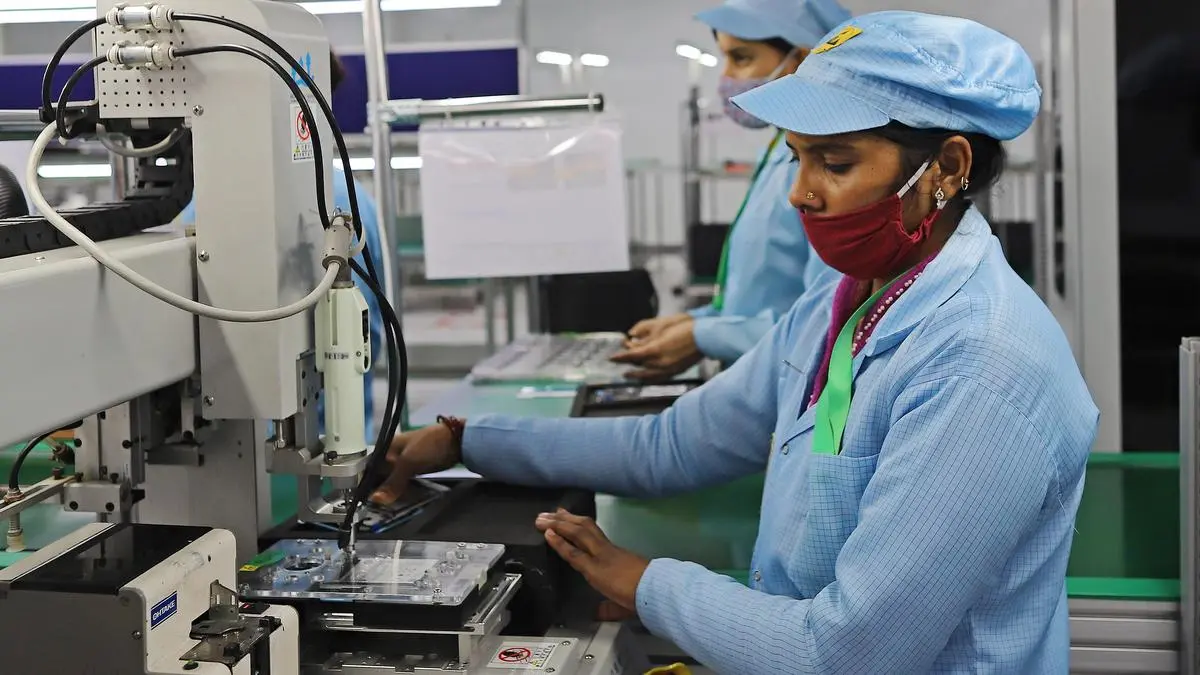Home / Business and Economy / India's Industrial Transformation: Measuring the Unmeasured
India's Industrial Transformation: Measuring the Unmeasured
11 Nov
Summary
- India's manufacturing landscape has evolved, but official statistics lag behind
- Informal sector contributes 45% of GDP, yet remains underrepresented in data
- Revising the Index of Industrial Production (IIP) to reflect digital, renewable, and high-tech industries

India's industrial landscape has undergone a remarkable transformation in the past decade, with the emergence of new sectors like electric vehicles, solar modules, and AI-driven manufacturing. However, the country's key barometer of manufacturing vitality, the Index of Industrial Production (IIP), has failed to keep pace with these changes.
As the Ministry of Statistics and Programme Implementation (MoSPI) prepares to revise the IIP's base year from 2011-12 to 2022-23, experts see this as a crucial opportunity to align the index with India's evolving industrial reality. The current IIP structure underestimates the contribution of emerging technologies while overstating the relevance of declining industries, distorting the perception of the nation's industrial dynamism.
Equally concerning is the persistent exclusion of the informal sector, which contributes approximately 45% of India's GDP and employs nearly 90% of the workforce. The digitalisation of the economy, through initiatives like the Goods and Services Tax (GST) network and the Unified Payments Interface (UPI), now provides unprecedented data streams that can illuminate the contours of informal industrial activity.
Integrating these new data sources and enhancing the quality of the IIP through big data analytics and machine learning can help bridge the formal-informal divide and create a self-correcting, adaptive index that evolves in tandem with the economy it measures. Aligning the IIP with other key economic indicators, such as GDP and CPI, will also foster greater analytical clarity and policy coherence.
The rebasing of the IIP is not merely a statistical exercise, but a strategic act of epistemic renewal, aiming to transition from retrospective accounting to real-time industrial intelligence. A modernised IIP can serve as both a diagnostic tool and a predictive compass, helping policymakers detect emerging trends and design interventions with sharper precision.




